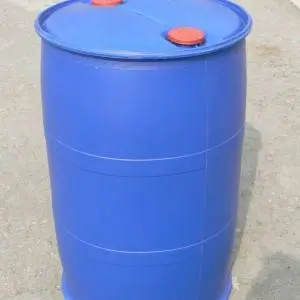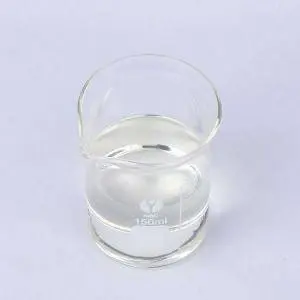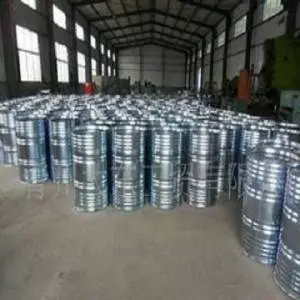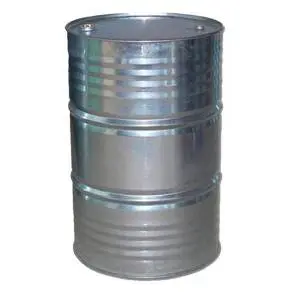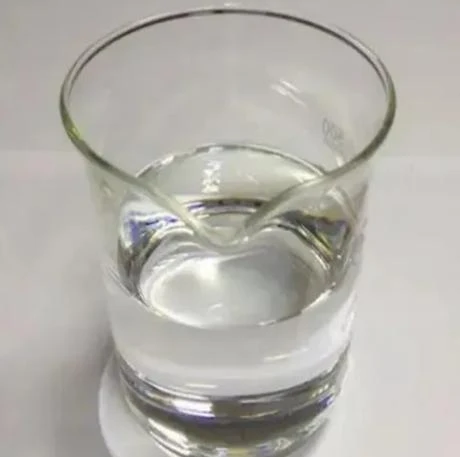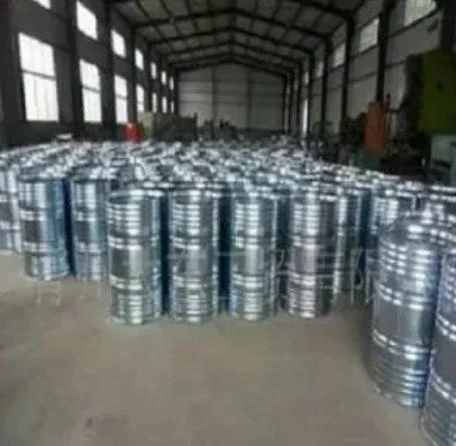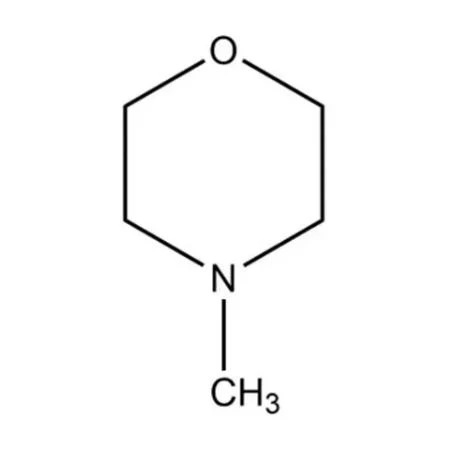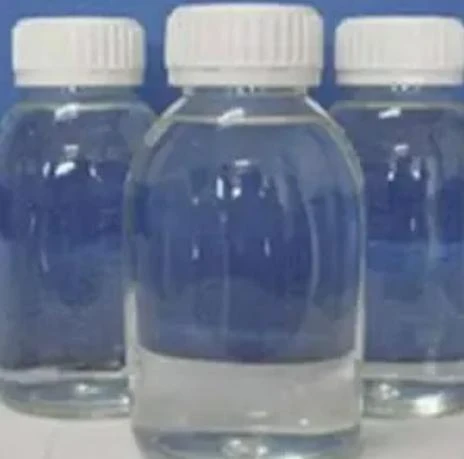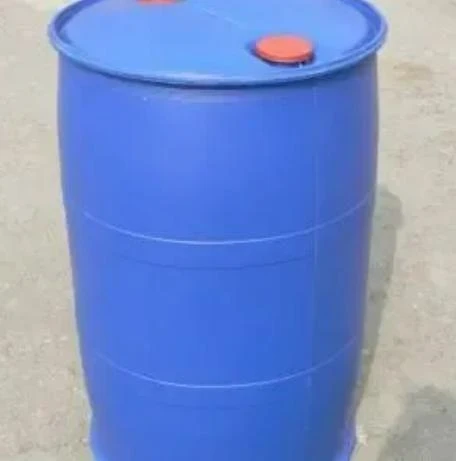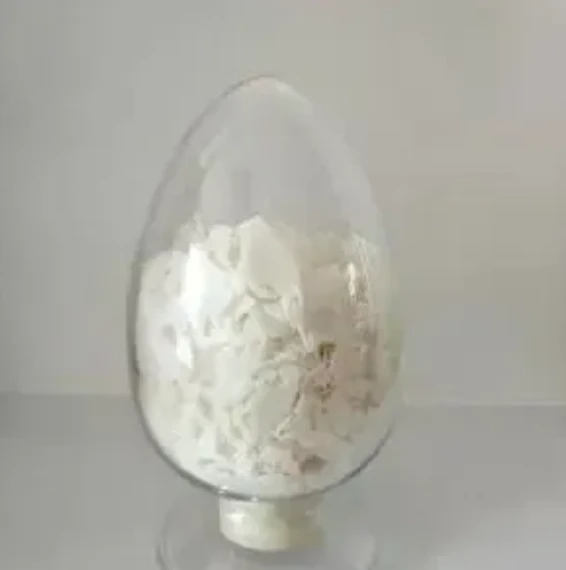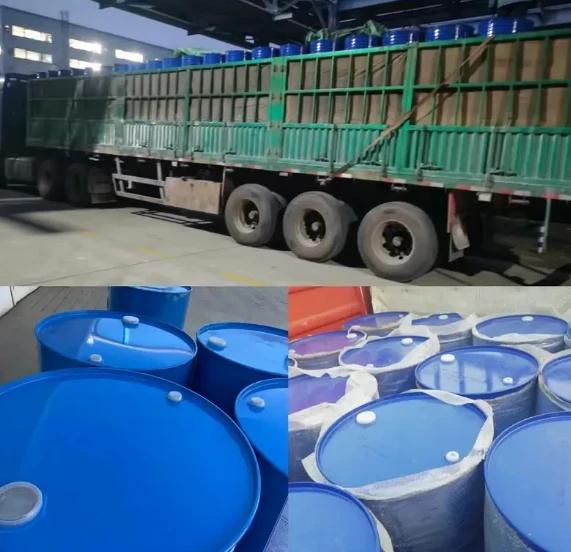High Purity Phenyl Dichlorophosphate Supplier – Reliable Quality & Fast Delivery
Phenyl Dichlorophosphate (PDP, CAS No. 770-12-7) is a highly significant organophosphate derivative widely used as an intermediate in organic synthesis, flame retardants, agrochemicals, and advanced polymer manufacturing. As the chemical industry pivots toward green chemistry and performance-driven specialty chemicals, Phenyl Dichlorophosphate is increasingly favored for its efficiency in synthesis, controllable reactivity, and favorable environmental profile.
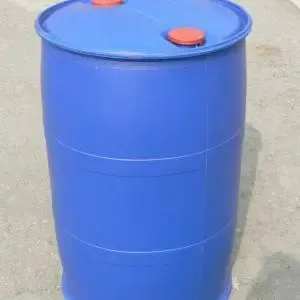
Industry Trends & Market Insights (2024)
- Market Size: The global organophosphate market exceeded $2.5 billion in 2023, with Phenyl Dichlorophosphate usage growing at a 6% CAGR (Source: MarketsandMarkets).
- Application Hotspots: Specialty polymers, drug synthesis, agricultural protection, flame-retardant compounds.
- Regional Demand: Asia-Pacific remains the growth leader; Europe emphasizes REACH-compliant, eco-friendly PDP formulations.
- Trend: Increased demand for high-purity, low-residual-content PDP for pharmaceutical, semiconductor, and high-end composite industries.
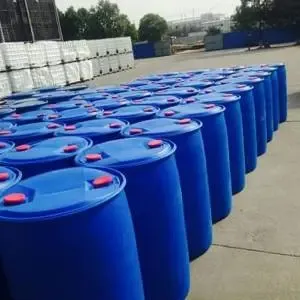
Technical Specifications of Phenyl Dichlorophosphate
| Property | Specification | Testing Method |
|---|---|---|
| CAS Number | 770-12-7 | Standard Registry |
| Molecular Formula | C6H5Cl2O2P | Molecular Calculation |
| Molecular Weight | 227.99 g/mol | Calculation |
| Purity | ≥ 99.0% | GC, HPLC |
| Appearance | Colorless/pale yellow liquid | Visual |
| Phosphorus Content | 13.6% min | ISO 17025 |
| Chloride Content | ≤ 0.15% | GC |
| Boiling Point | 251°C | ASTM D1120 |
| Solubility | Soluble in organic solvents | ISO 12439 |
| Density | 1.405 g/cm3 (at 25°C) | ASTM D4052 |
Data Visualization: Technical Parameter Trends of Phenyl Dichlorophosphate
Manufacturing Process & Flow Diagram
- Raw Material Selection: High-purity phenol and phosphorus oxychloride as core inputs
- Reactor Conditions: Jacketed glass-lined vessel, 90–120°C, controlled dropwise addition
- Purification: Fractional distillation, removal of volatiles. ISO 9001:2015 validated steps.
- QC: GC/IR analysis, impurity control ≤0.15%, batch documentation
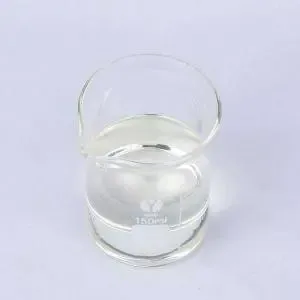
Material Features, Process Advantages & Industry Certifications
- Raw Material Assurance: All input chemicals conform to REACH, ISO 9001:2015, EN 228 standards.
- Process Technology: Utilizes corrosion-resistant glass-lined reactors, minimizes contamination and maximizes product stability.
- Control & Purity: Achieves high batch repeatability. GC/HPLC inspection, final purity ≥99.0%.
- Durability: Product shelf life >24 months under recommended storage. No polymerization under standard conditions.
- Industry Certifications: Sincere Chemicals is an ISO 9001:2015 and ISO 14001:2015 certified supplier, routinely audited by multinational clients.
- Key Advantages: High phosphorus content, low chloride impurities, consistent reactivity, strong thermal and hydrolytic stability, non-corrosive to most stainless steel equipment.
- Environmental Compliance: Manufactured in compliance with EU RoHS and GHS safety labeling requirements.
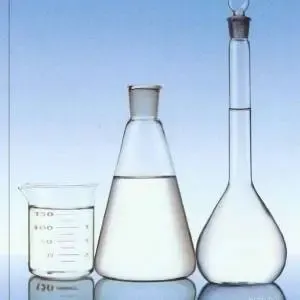
Product Comparison: Phenyl Dichlorophosphate vs. Main Alternatives
| Product | Key Purity (%) | Phosphorus Content (%) | Reactivity Control | Hydrolytic Stability | Price Index* |
|---|---|---|---|---|---|
| Phenyl Dichlorophosphate | 99.0+ | 13.6 | Excellent | High | 1.00 |
| Dichlorophosphate (General) | 97.0-98.0 | 12.5 | Average | Medium | 0.92 |
| Methyl Dichlorophosphate | 98.5 | 11.8 | Lower | Low | 0.87 |
| Phenyl Phosphate Esters | 98.0 | 13.2 | Average | Medium | 1.12 |
Pie Chart: Global Phenyl Dichlorophosphate End-use Distribution (2024)
Application Scenarios: Where Phenyl Dichlorophosphate Excels
- Pharmaceutical synthesis: Key intermediate in the manufacture of anti-viral, anti-cancer, and CNS compounds; enables selective phosphorylation with minimal by-products.
- Polymer industry: High-performance flame retardant for engineering plastics (e.g., polycarbonate, ABS), increasing UL-94 performance by 20%.
- Agrochemicals: Backbone for organophosphate pesticide manufacturing, boosting yield and cost-efficiency.
- Flame retardant additives: Used where low-smoke, non-halogenated fire safety is critical (cable sheathing, mass transport).
- Electronics & semiconductor: Employed in advanced photoresist resins and as surface-modification agent.
- Oilfield & metallurgy: Used in corrosion-resistant coatings and functional materials.
Experience: Real-World Application Cases
Vendor Comparison: Top Phenyl Dichlorophosphate Suppliers (by Capacity & Specification Quality)
Customized Solutions, Packing & Logistics
- Custom formulations: Low chloride, ultra-high purity PDP available on request (custom spec: ≥99.7%, impurity <0.10%).
- Packing: 25kg/200kg fluoropolymer drums or ISO tanks; packaging meets UN/ADR dangerous goods standards.
- Labeling: GHS/CLP-compliant, customer private labeling optional.
- Leadtime & logistics: Typical delivery: 15-20 working days (Europe/US), 7-12 days (Asia). Express & bulk available.
- Full documentation: COA, TDS, MSDS, shipping docs supplied; full traceability assured.
- Support: Dedicated technical account managers; on-site support/remote troubleshooting on request.
- Warranty: Product guaranteed as per specs, quality issues replaced or refunded. 24-month warranty for sealed product.
Contact Us for a Quote or Technical Consulting
Discover the proven value and performance consistency of Phenyl Dichlorophosphate from Sincere Chemicals. Our expert team provides 1:1 technical support, sample delivery, regulatory compliance assurance, and fast-response logistics for global customers.
Email: info@sincerechemicals.com | Web: Phenyl Dichlorophosphate Product Page
- Organophosphates Market Outlook & Regulations, MarketsandMarkets
- S. Bruce King, "Chemistry of Organophosphorus Compounds", ACS Symposium Series, 2022. ACS Publications
- Forum Discussion: "Phosphorylation Agents in Modern API Synthesis", Chemistry World
- ISO 9001:2015 Quality Management for Chemicals, ISO Standards
- Safety Data Sheet: Phenyl Dichlorophosphate, Sincere Chemicals
Post time: জুলাই . 29, 2025 18:40



